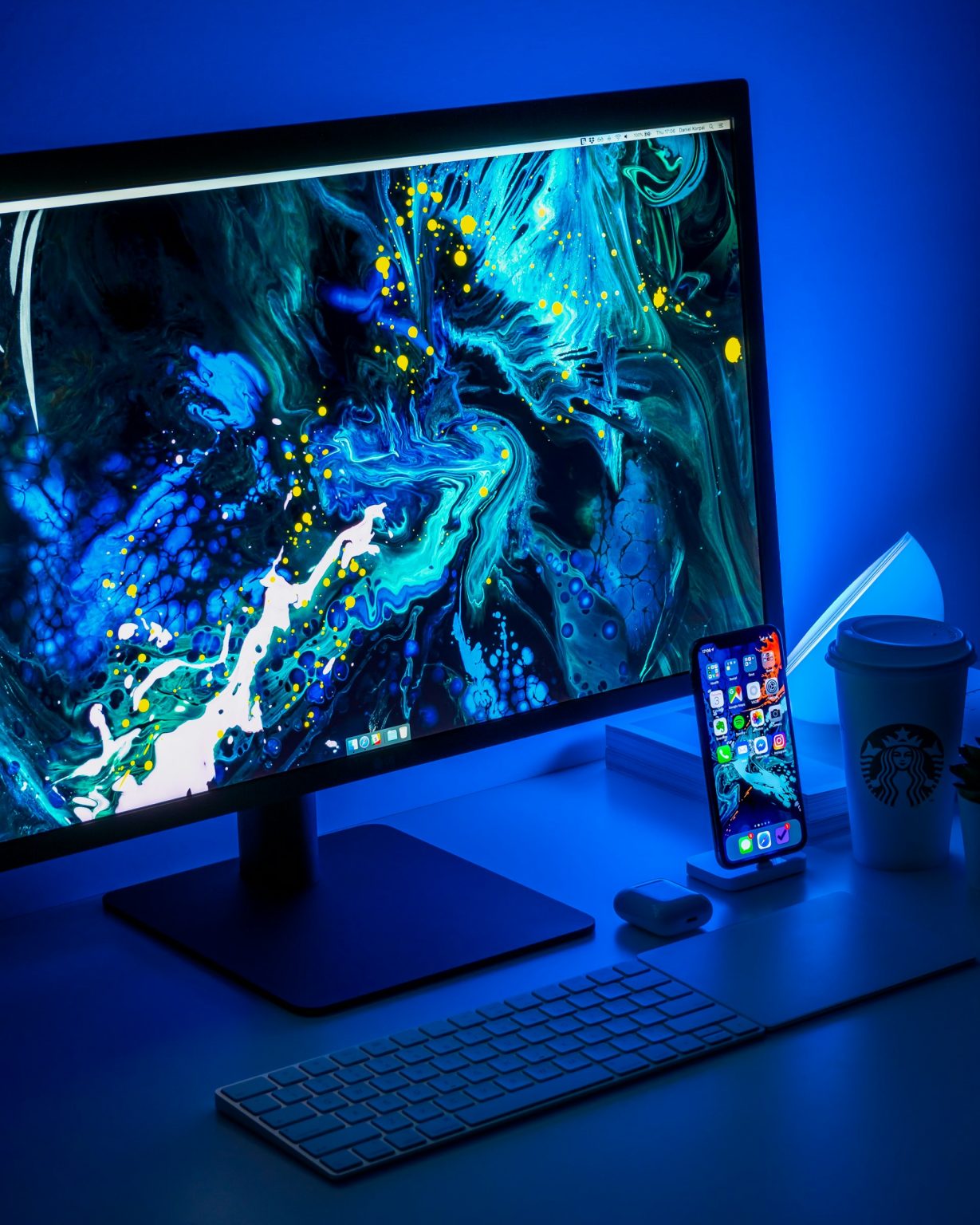Have you ever noticed how some screens look incredibly smooth when you scroll or play games? That smoothness often comes from a feature called Pro Motion Technology. Apple uses it in certain devices to make their displays feel more responsive and fluid. So, what exactly is Pro Motion Technology, and how does it work? Read on!
Understand Refresh Rates
Every screen has a refresh rate, which measures how many times it updates the image each second. Expressed in Hertz (Hz), a higher number results in a smoother picture. Standard screens update 60 times per second or 60Hz.
Pro Motion Technology boosts that number to 120Hz. Doubling the refresh rate makes animations, scrolling, and swiping between apps appear far more natural and quick. Have you ever experienced the smoothness of an MGA Casino game or RPG game on your mobile phone? If yes, this is due to refresh rates.
Adaptive Refresh Rates
Pro Motion Technology stands out because it adapts to your actions. When you scroll through a webpage or dive into a fast-moving game, the screen jumps to 120Hz for a silky-smooth experience. But when you pause to read text or view a photo, it drops as low as 10Hz to conserve battery power. Smart adjustments like these can balance performance and efficiency perfectly.
Advanced hardware and software power this adaptability. The system detects what’s on the screen and shifts the refresh rate to match. Watching a video filmed at 24 frames per second? The display syncs to that pace to avoid choppy playback. Interacting with the screen by tapping or swiping? It ramps up to 120Hz for instant responsiveness.
Battery Life Impact
A faster refresh rate might seem like a battery drain waiting to happen. Pro Motion Technology avoids that trap by only using 120Hz when needed. During idle moments, like staring at a still image, the lower refresh rate can even save power compared to a constant 60Hz screen. Efficiency stays high without sacrificing quality.
The Tech Behind It
Pro Motion relies on LTPO, or Low Temperature Polycrystalline Oxide, display technology. Unlike older screens, LTPO allows the refresh rate to shift seamlessly between high and low values. Image quality remains sharp, and battery life holds strong, thanks to this cutting-edge design.
Benefits for Users
Gamers notice a massive difference with Pro Motion Technology in top games and even in average games. Motion blur fades away, and actions feel immediate at 120Hz. Artists using an Apple Pencil on an iPad equipped with Pro Motion see their lines appear the moment they draw. Quick response times make creative tasks and gameplay more enjoyable.
Apple reserves Pro Motion Technology for its Pro lineup. Devices like the iPhone 13 Pro, iPhone 14 Pro, and iPhone 15 Pro feature it, along with the iPad Pro. Standard iPhones and iPads stick to 60Hz displays. Other brands, such as Samsung, offer similar high refresh rate screens, but Apple markets theirs as Pro Motion.
Is It Worth It?
Does Pro Motion Technology justify the price of a Pro model? Casual users browsing websites or streaming videos might not spot the upgrade. Gamers, designers, or anyone craving that extra fluidity often find it transformative. Experiencing 120Hz can make 60Hz feel sluggish by comparison.
Pro Motion Technology remains exclusive to Apple’s Pro devices for now. Rumors swirl about it expanding to more models down the line. Today, it distinguishes the Pro series with a top-tier display experience.



